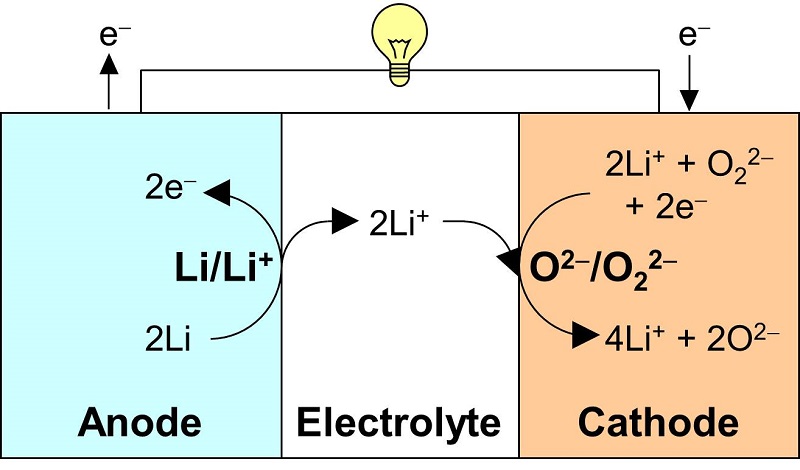

Organolithium compounds such as butyllithium, C4 H9 Li, are highly reactive. The field of organometallic chemistry is one in which Lithium's unique structure and chemistry come into play. Li+ tends to hold more water around it than other alkali metal ions.

Therefore, the lithium nucleus is poorly shielded.īecause of this, neutral oxygen-containing molecules are strongly attracted to lithium ions, explaining lithium’s odd solubility behavior. Only 66% of its protons are balanced by the electrons in the ion. Lithium ions have two electrons and three protons. Therefore, 95% of the proton charge is “shielded” by the electrons in the ion. In alkali metal ions, the nucleus itself plays a big part in how its ion behaves.įurthermore, nuclear influence is affected by how well it is shielded by the electrons that surround it.įor example, potassium has 19 protons, so in its ionic state, it has 18 electrons. When we consider solution chemistry of these metal ions, it's important that we don't think about them as little positively charged balls because a lot more is happening rather than simple positive-negative interactions. In each of these atoms the protons and neutrons are in the nucleus and the electrons are in orbital clouds that surround the nucleus. Potassium atoms have 19 protons, 20 neutrons, and 19 electrons. Sodium atoms have 11 protons, 12 neutrons and 11 electrons. Lithium atoms have three protons, three or four neutrons, and three electrons. In the alkali metals family, lithium tends to go against the typical behavior and this is due to it's unique nucleus. However, there are some significant differences that make lithium unique. The basic inorganic salt chemistry of lithium is fundamentally similar to that of sodium and potassium.


 0 kommentar(er)
0 kommentar(er)
